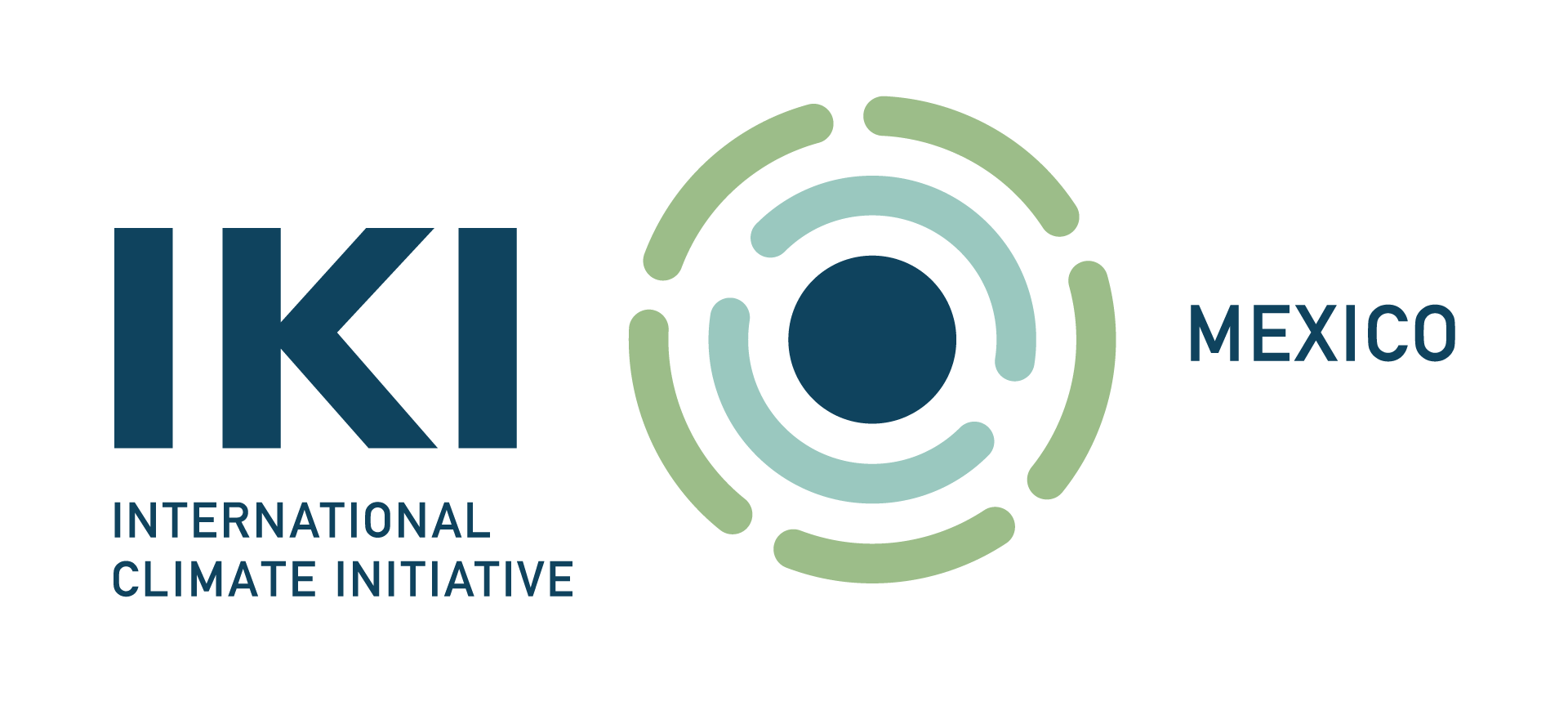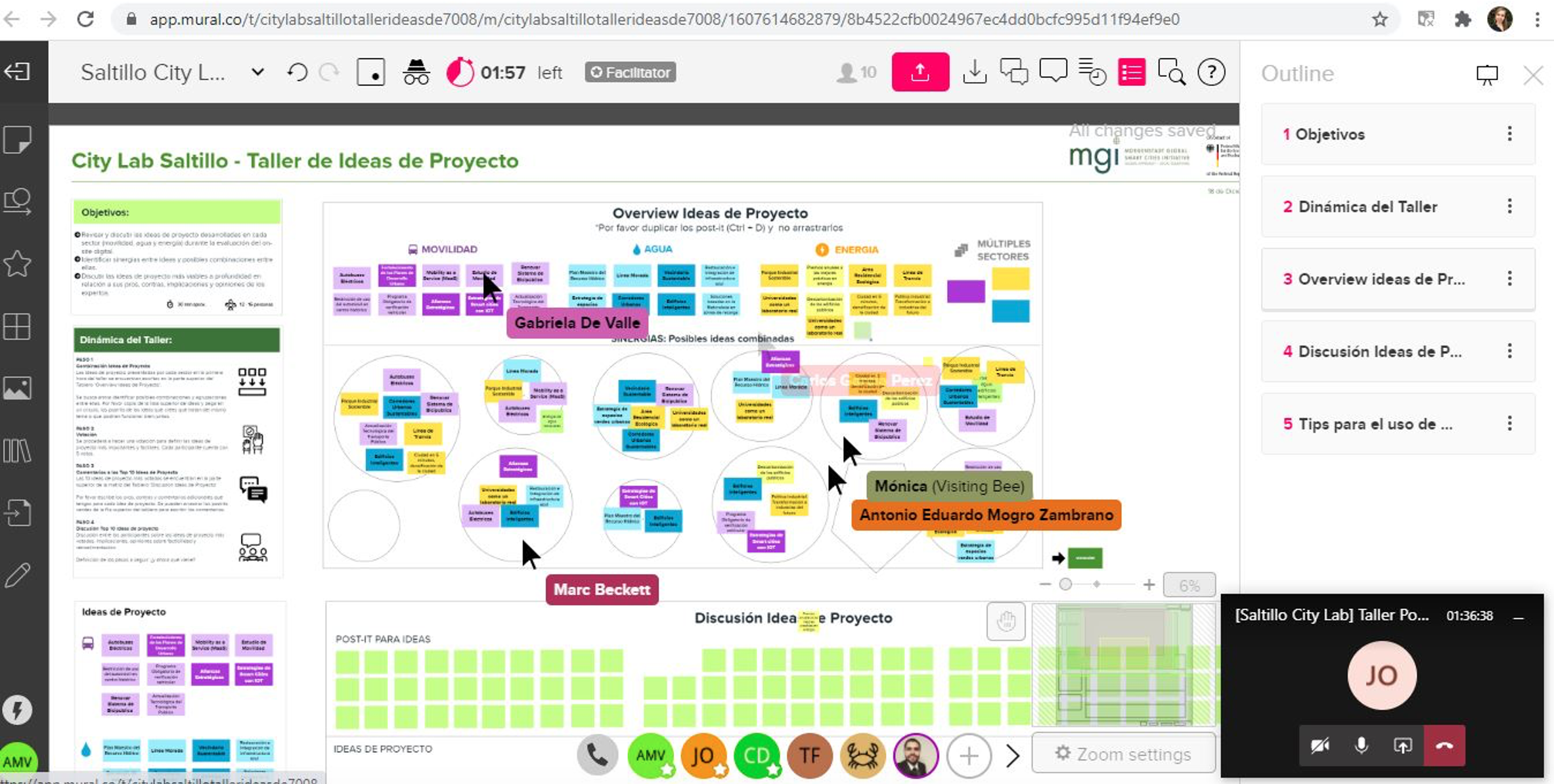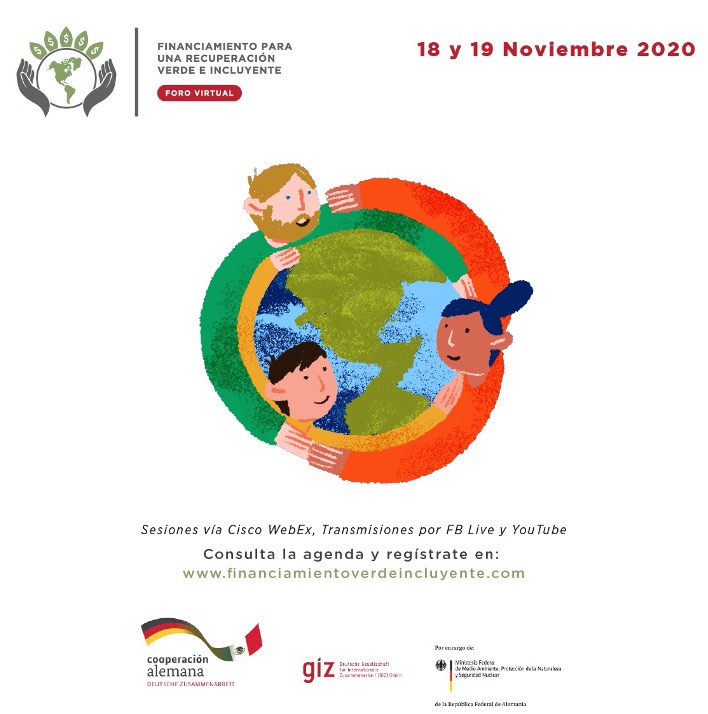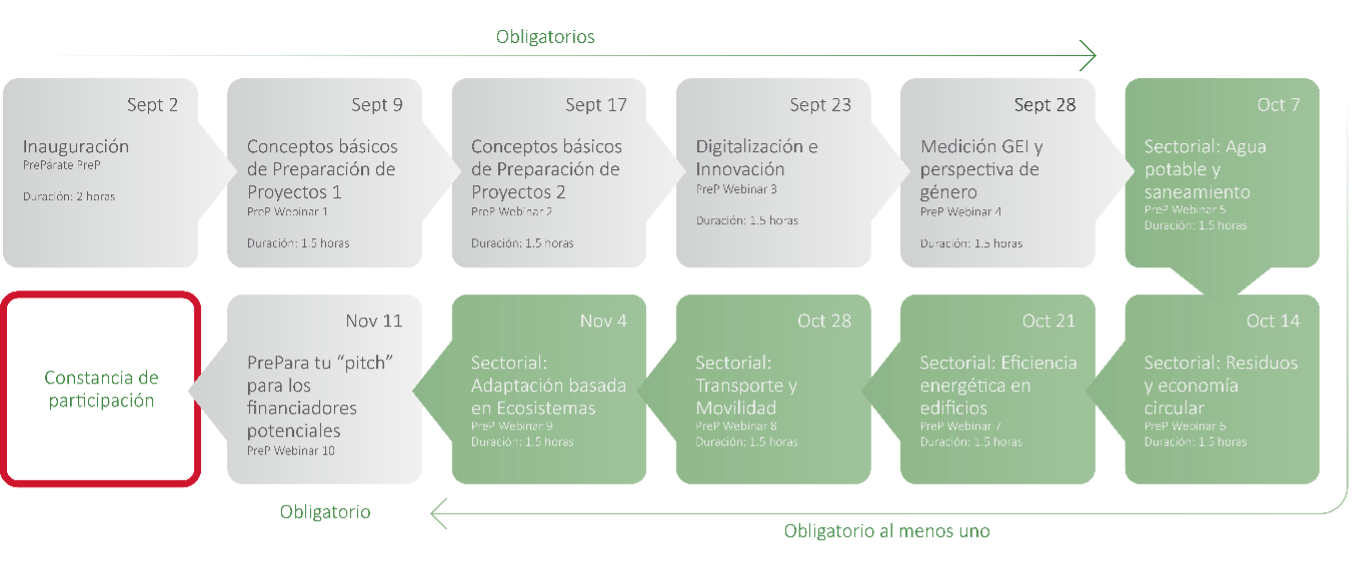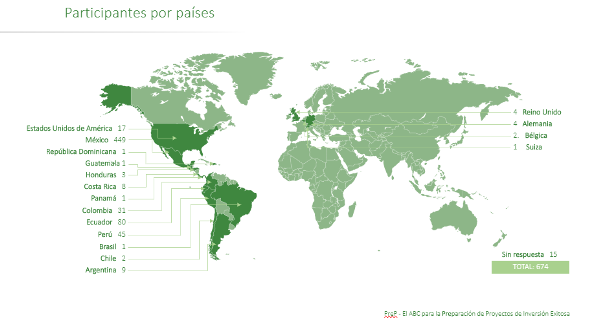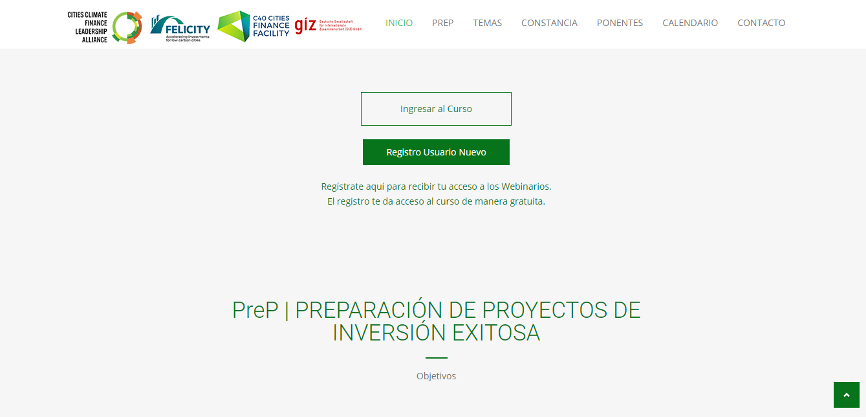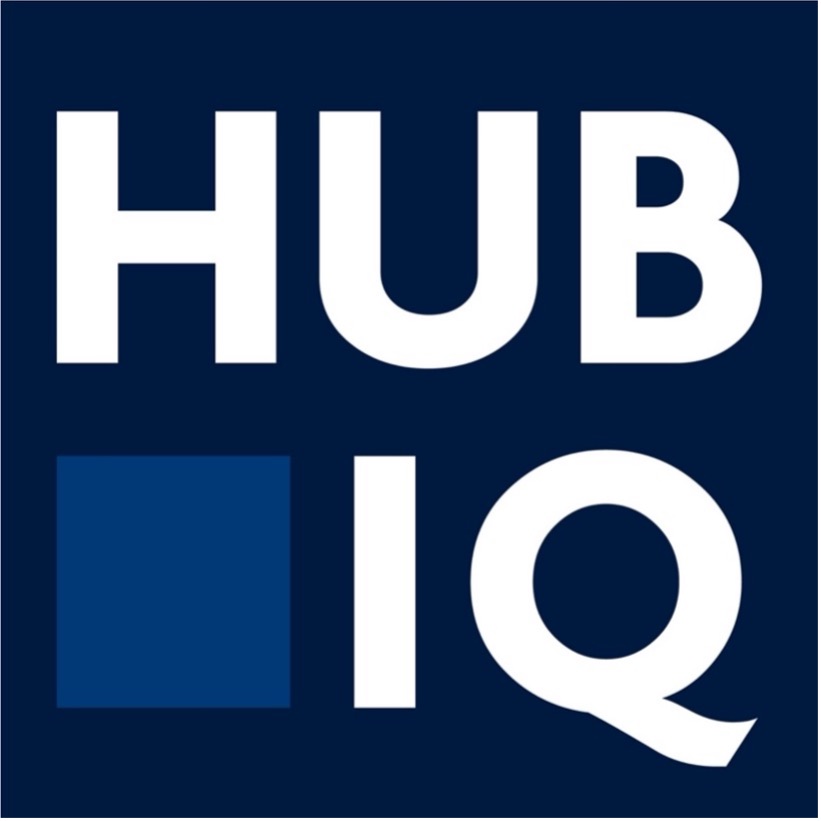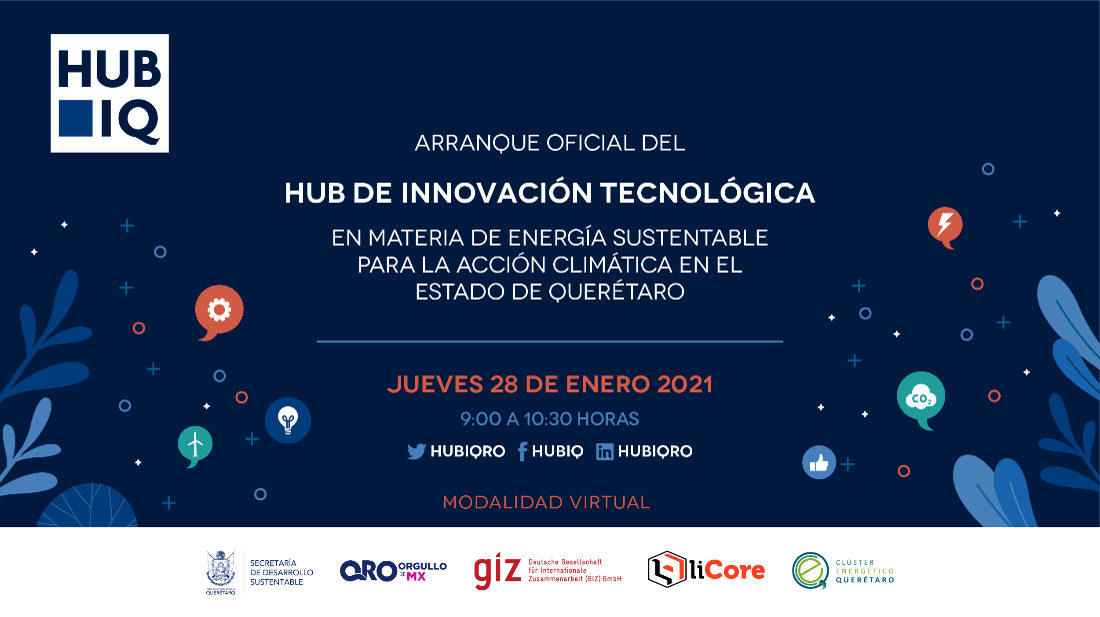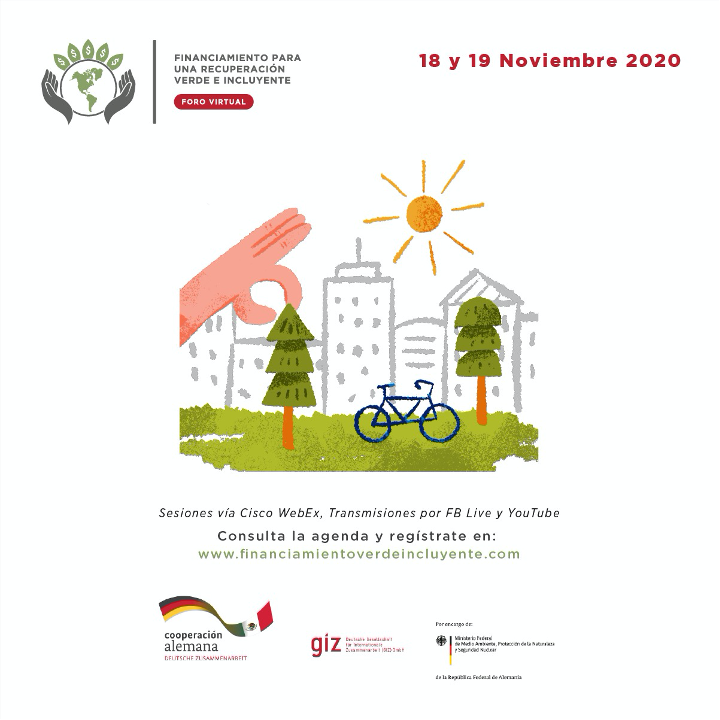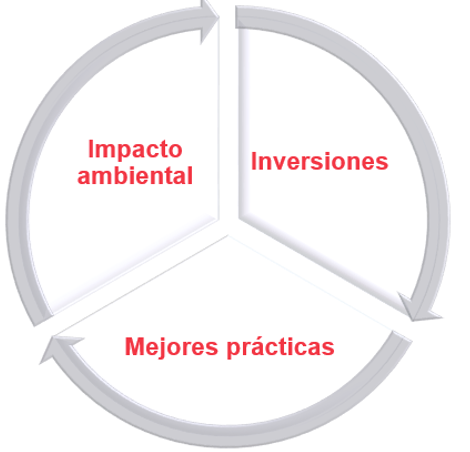Co-benefits have become a tool to promote a fair energy transition, since they consider that climate mitigation and adaptation strategies can be designed to have a positive impact beyond the avoided greenhouse gas (GHG) emissions. In other words, additional results can be triggered in social, economic and environmental terms at both the national and sub-national levels.
In order to discuss the global trends that facilitate the fight against climate change at the subnational level, the second virtual dialogue “The Energy Transition and its Social, Economic and Environmental Co-benefits: A Look from the Local” was held in the framework of the “Virtual Regional Forum on Trends in the Energy Transition in the Face of Climate Change in the World: Actions at the Subnational Level,” organized by the Ministry of the Environment, Sustainable Development and Territorial Planning (SMADSOT) of the state of Puebla with the accompaniment of the Deutsche Gesellschaft für Internationale Zusammenarbeit (GIZ) GmbH.
Welcoming words were given by Beatriz Manrique, Head of SMADSOT; Gemma Santana, General Director of the 2030 Agenda in Mexico; Dr. Marco Antonio Heredia, Director General of the General Directorate of Policies for Climate Change at SEMARNAT; and Jonas Russbild, Director of the Project “Enhancing the Coherence of Climate and Energy Policies in Mexico” (CONECC) of GIZ. They underlined the importance of meeting the current needs of the population through public policy instruments that have a social justice approach and that take into consideration an environmental agenda and sustainable development.
In a second part, the discussion was oriented to a technical perspective, in which experts participated in the main co-benefits of energy transition processes at a local level.
Dr. Luis Gerardo Ruiz, General Coordinator of Pollution and Environmental Health of the National Institute of Ecology and Climate Change (INECC) specified that poverty and inequality can be addressed with a healthy environment, and emphasized the need to generate common narratives to reap these multiple benefits. Meanwhile, Héctor Rodríguez, Former Coordinator of the IKI COBENEFITS Mexico project at IASS Potsdam, explained that the narrative focused strictly on reducing emissions has fallen short, since multidisciplinary strategies explore the different scenarios that can be obtained by accelerating the energy transition.
Mirelle Segovia, Head of the Renewable and Industrial Energies Headquarters of the SEFOET in Yucatan, asserted that studying co-benefits allows valuable information to be available to direct efforts, as well as providing knowledge regarding the real potential that each state has in different lines of action –highlighting the experience of Yucatan in the quantification of co-benefits. Finally, Santiago Creuheras, SMADSOT’s Undersecretary of Environmental Management and Energy Sustainability commented that from a budgetary point of view, both the coordinated work between ministries and the search for public-private partnerships are key to promoting the investments necessary for the energy transition.
This event is part of a series of efforts by the government of the state of Puebla, providing a space for different actors to promote reflection on local climate action. Several GIZ programs are participating, including the Mexico-Germany Climate Change Alliance programs, the CONECC project, the support program for the Energy Transition in Mexico (TrEM) and the FELICITY project. This second dialogue, held on January 22, 2021, reached an audience of around 130 people.
#PorSiNoLoViste aquí dejamos algunos momentos destacados del segundo #webinar del Foro Regional presentado por @AmbienteGobPue con el acompañamiento de @GIZMexico sobre los co-beneficios sociales, económicos y ambientales de la #EnergíaSustentable, desde una mirada local
🧵👇 https://t.co/XCkVVC77a3 pic.twitter.com/zh9rnNr0Gn
— Conecc_Mx (@Conecc_Mx) February 2, 2021
